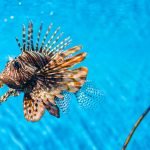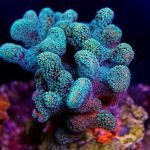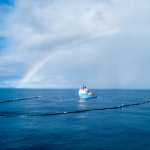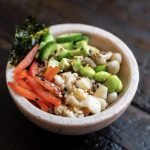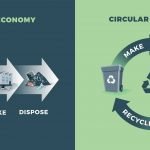Go for a dive anywhere in the tropical Atlantic and chances are you may see a fierce looking white and red striped fish with a “mane” of spikes running down its spine. Beautiful and
Go for a dive anywhere in the tropical Atlantic and chances are you may see a fierce looking white and red striped fish with a “mane” of spikes running down its spine. Beautiful and
